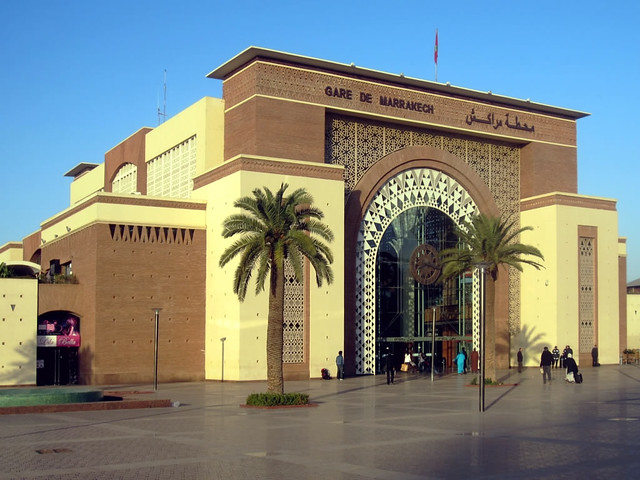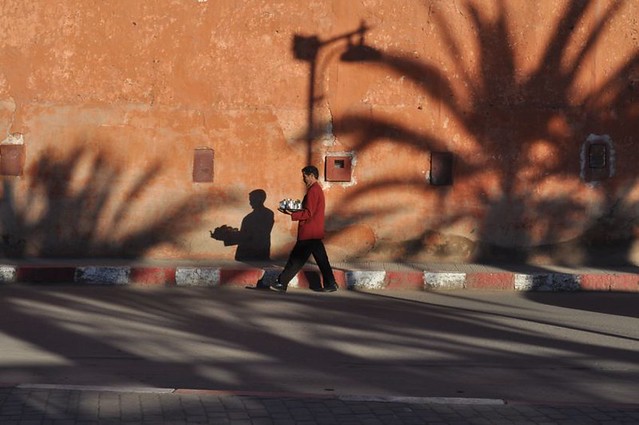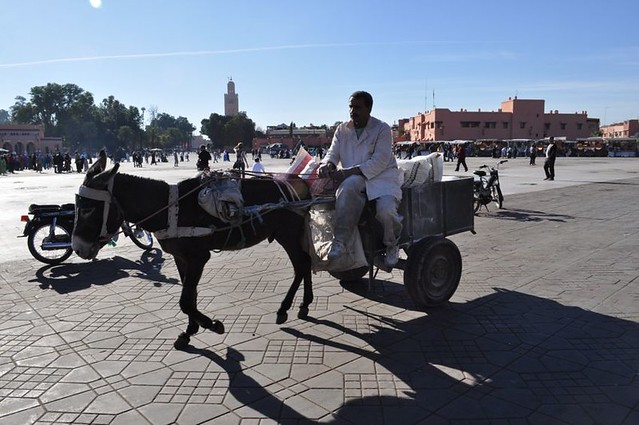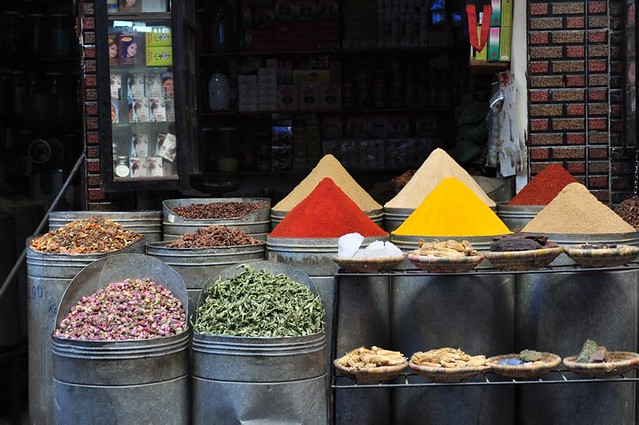Last Updated on January 1, 2016
Over the last few decades, Marrakech has undergone a stylish transformation in terms of tourism and the type of people who visit the city. Marrakesh used to be a place for pilgrimage, and whether it was personal or religious, people from all races, backgrounds and countries would flock here; there was always something about the city that you couldn’t find anywhere else.
Today, the pilgrimage continues with the addition of higher end tourism experiences from boutique hotels to lavish shopping malls. The city has managed to retain its historic and traditional setting while creating supplemental tourism experiences to add to the city’s natural attractions.
Marrakech is cosmopolitan, with hotel options including the Four Seasons Hotel and the Mandarin Oriental, and shops selling international luxury brands mingling amongst hundreds of riads, traditional Moroccan homes or palaces with interior gardens. Is this a dawn of an exciting new era or is it the end of this authentic and historic African city?
A Tale Of Two Cities
Essentially, Marrakech is made up of two cities, Gueliz – the French part of town created in 1913, and Medina – the ancient walled Arab metropolis. As one might expect it is the French part, Gueliz, that is home to the renaissance. Although it has been overshadowed by Medina in recent years, it still remains one of the most westernized parts of Marrakech. First timers to the city might feel most at home here, with its broad streets, Art Deco houses and charming atmosphere, but to experience the more traditional side of Marrakech, Medina is a better fit.
La Mamounia
La Mamounia is the oldest hotel in Marrakech, located on the border of Medina. Built in 1923, it really is an iconic landmark in the Moroccan capital. Redesigned by French creative Jacques Garcia in 2010, La Mamounia has been completely reimagined throughout, with every inch of space finding a purpose. Room prices can be a little steep but reducing other areas of your budget, for example by using a service like Cheapflights to lower the cost of flights to expand your accommodation budget.
Staying at a hotel that is so connected with a city is worth it, which is why thousands of tourists stay here every year. The reputation the hotel holds within the city, along with its spectacular suites and state of the art facilities at La Mamouina would make for an excellent stay in the capital.
The Souks
If there’s one element of Marrakech that keeps its tradition firmly intact it is the historic souks, or traditional markets. However, souks are much more than what you might imagine of a market; the way the atmosphere of the stalls blends with the personalities of the salesmen creates a magical haze unique to Marrakech and allows present day visitors to connect to the city’s long past.
You can get your hands on almost anything here. Bite to eat, souvenirs, a new dress, leather wallet, anything at all can be hunted down within these narrow alleyways. You’re welcome to bargain for it all as well. In fact, the buyer / seller relationship is based on the hard sell, so the culture of the souks is to shave of at least a bit off the price and gets you right into the heart of city life in Marrakech.
Of course this type of bargaining won’t be happening over at one of the big shiny malls in Gueliz, where an international shopping culture is more the norm. As for the question of modernization in the Moroccan capital, the move toward it is inevitable. The advantage that Marrakech has is that it allows visitors a glance into its history along with its future.





